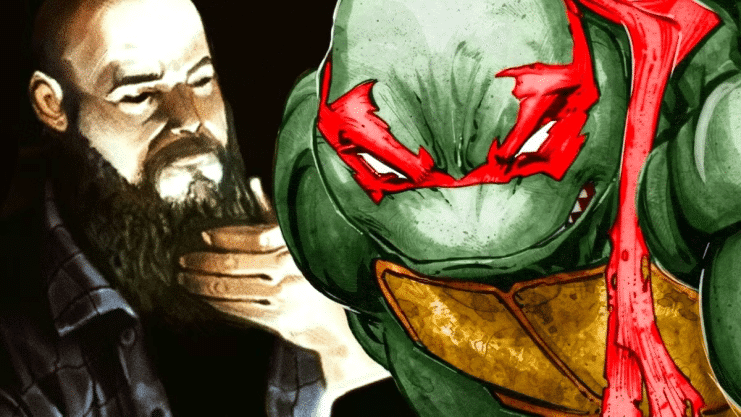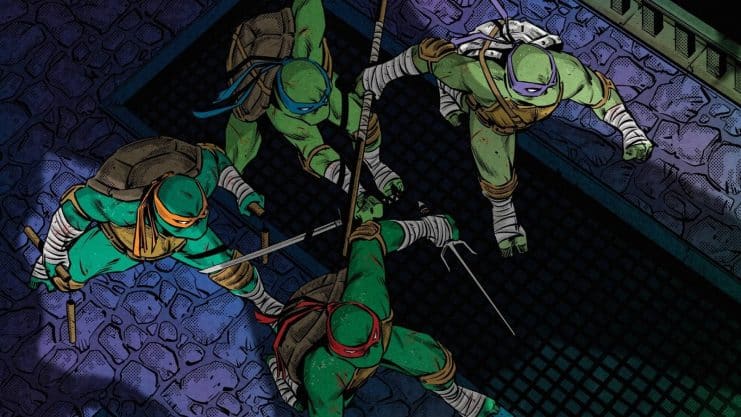

IDW issue 12 closes the period of Jason Aaron and Juan Ferreyra, leaving the bar very high for the new creative team


Teenage Mutant Ninja Turtles #12
The series begins and ends in New York, with the mutant brothers return to his home and his family unionalthough as per tradition, you will have to face a gigantic monster first. But the interesting thing is not the combat, but what it symbolizes: Aaron turns every battle into a mirror of the present.
Through dialogues and situations as absurd as they are brilliant, the comic raises questions that resonate with today’s world:
To what extent would you be willing to give up your freedom to feel safe?
What if your own heroes were victims of misinformation?
The arc in which public opinion turns against the Turtles It’s reminiscent of those classic moments in superhero comics where society turns its back on its saviors. But here Aaron arrives in the 21st century, with a scathing portrait of the media, manipulation and the politics of fear.
Monsters more human than they seem
The bad guy District Attorney Haleally of Foot Clanit is the perfect representation of that evil disguised as order. Aaron makes him a symbol of modern hypocrisy, a guy who calls his own abuse of power “justice.”


And that’s where it comes in. Juan Ferreirawhich seems like never before. His drawing of Hale mutated into a monster is disturbing, asymmetrical and grotesqueone of those creatures that make people uncomfortable because the brain can’t fully process them. Ferreyra plays with that feeling the impossible seems realand his mastery of color transforms each page into a spectacle worthy of framing.
Furthermore, the action scenes – a field in which Ferreyra is a master – have an impressive cinematic fluidity. Every punch, leap, or explosion feels like a well-choreographed sequence, while the tones of light and shadow highlight the moral duality of the story.
A goodbye with the soul (and with magic)
Another of the most surprising elements of this final stretch is the use of magic. Karai, the new leader of the Foot Clan, has been experimenting with rituals to overcome the afterlife. Her obsession leads her to interfere with the spiritual connection of the Turtles and their father, Splinterwhose spirit communicated with them on the other side.
The final twist is as poetic as it is devastating: Splinter doesn’t want to return, but Karai isn’t willing to let goand ends up bringing him back. What should be a moment of peace becomes the prelude to a new conflict.
This closure leaves the door open for the next creative team, Gene Luen Yang Yes Freddie E. Williams IIwhich will inherit a story ready to reinvent itself without losing the continuity of over 150 previous issues.
The family as the epicenter
The most precious thing about this stage is not the spectacularity, but the the humanity of turtles. Aaron manages to ensure that the characters, despite being mutants with ninja weapons, convey a warmth and vulnerability that few series achieve. At the end of the issue the brothers are no longer together out of obligation or survival, but because they want to be together. And this, in a world of betrayal and disinformation, is almost an act of rebellion.


With this number 12, Jason Aaron signs one of the best modern stages of the TMNTa journey that combines philosophy, political satire and high-voltage action. And even as he says goodbye, he leaves the perfect setting for a new era that promises magic, resurrections, and, of course, more pizza.
Fans can only be grateful the Turtles are, once again, the heroes New York needs.

